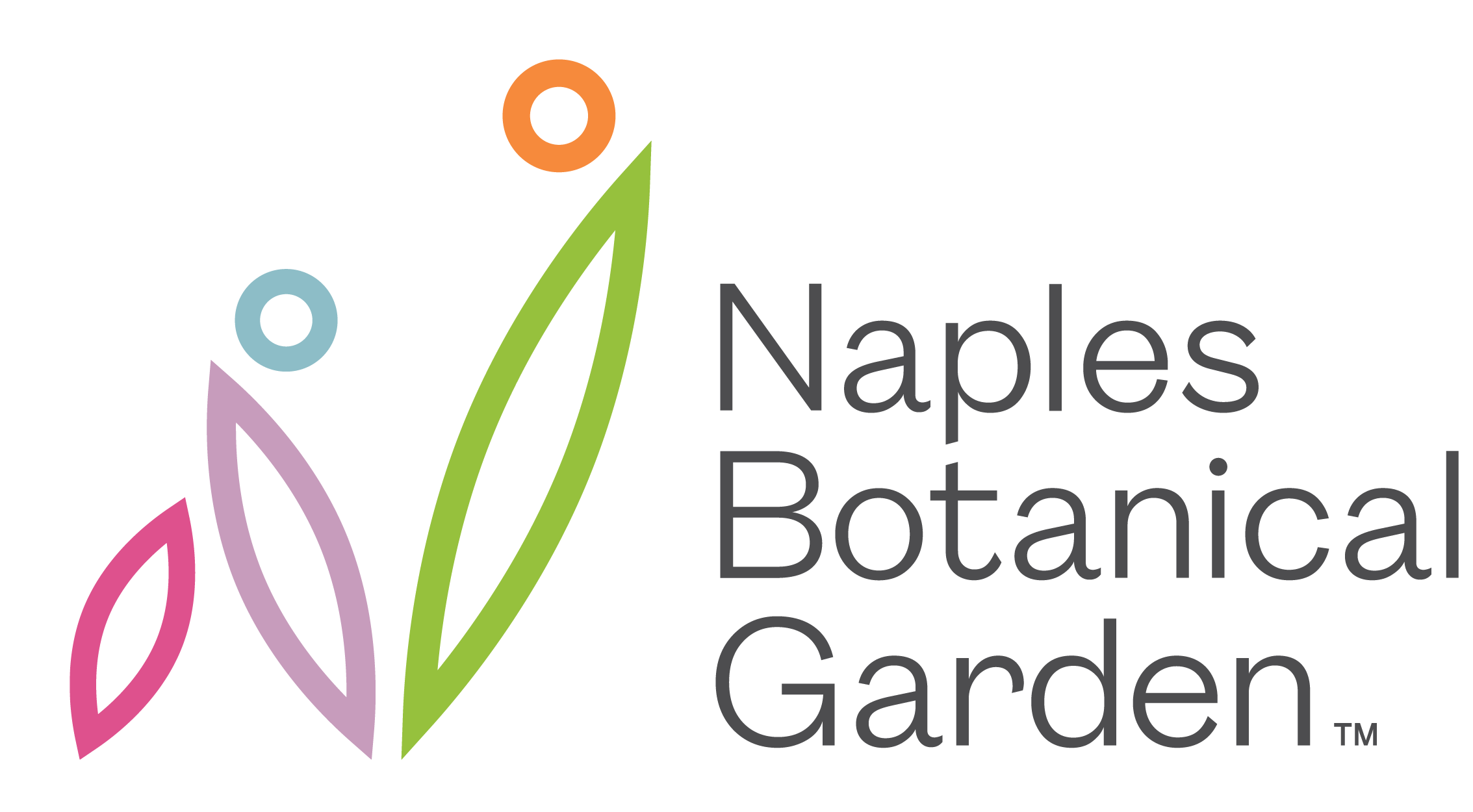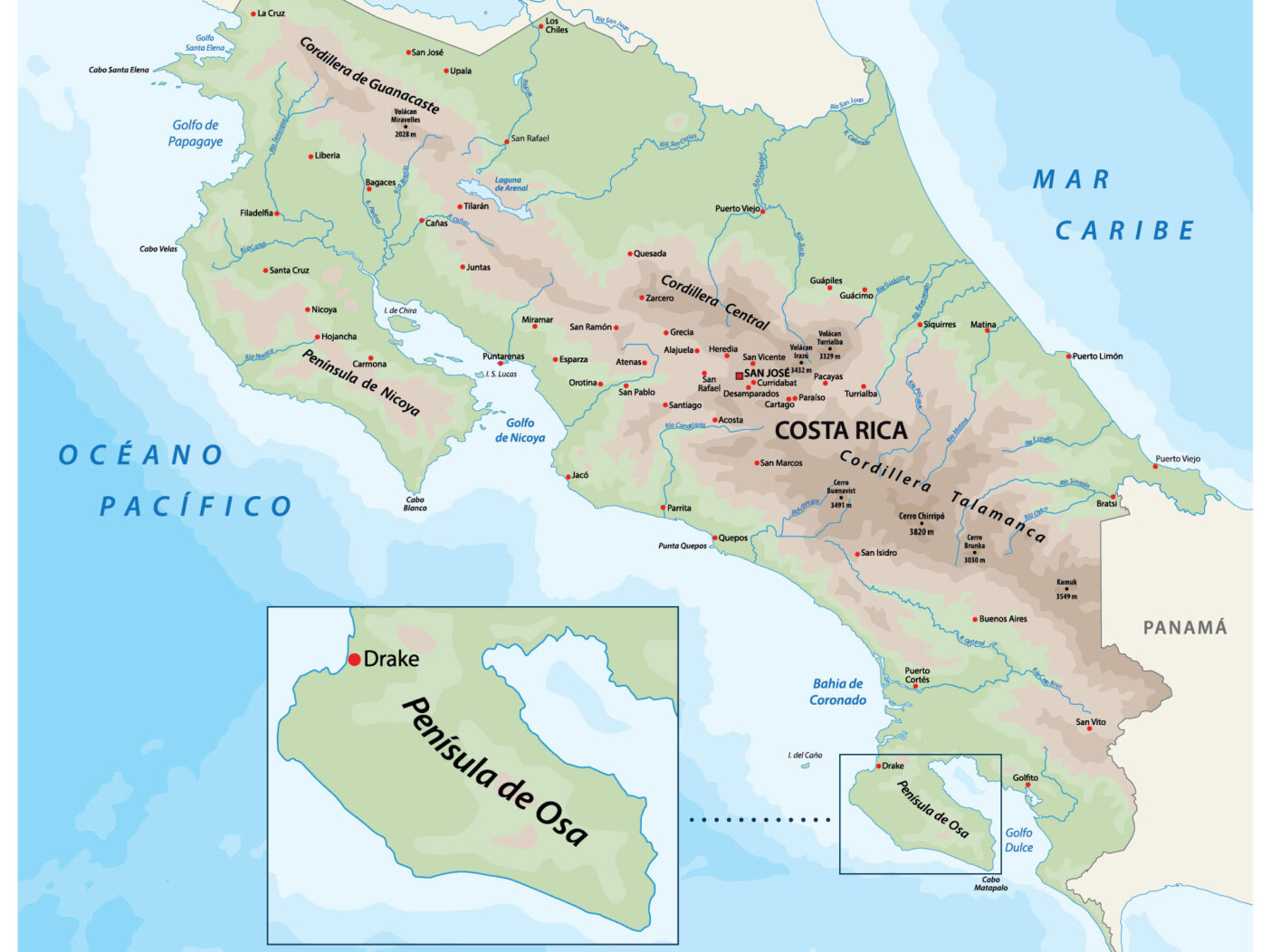
Recently, the Garden received 350 tree seeds from Costa Rica—and a chance to help protect one of the most biodiverse places on Earth.
Osa Conservation, an organization based in Costa Rica’s Osa Peninsula, has embarked on a novel project to reforest land, increase native tree populations, and create a wildlife corridor giving animals, plants, and insects a pathway to migrate from the low-lying Osa Peninsula to higher, cooler regions as the climate warms. The peninsula harbors nearly 5% of the world’s biodiversity.
The Garden will assist by growing and seed banking a backup collection of select trees and by conducting research on how to best maintain them outside their natural setting. Two of the eight species we received are listed as “Endangered” and one as “Vulnerable” on the International Union for Conservation of Nature’s Red List.
The Challenge in Costa Rica
Between 1940 and 1970, Costa Rica lost 50% of its tree cover. Osa Conservation is working to restore the land by collecting native seeds, growing new trees, and planting them along strategic routes from the peninsula, located on the Pacific Coast, to the 1.4 million-acre Amistad National Peace Park straddling Panama. To achieve that, Osa Conservation works with private landowners willing to allow planting on portions of their property and adopt more sustainable farming practices. This “Ridge to Reef” initiative bridges the gap between protected and private lands over a working landscape of 1.3 million acres.
Since 2020, Osa Conservation has planted nearly 272,000 trees, with a focus on rare and endemic species, those found only in that region.
In addition to reforesting the land, the conservationists hope the connected wildlife corridor they’re creating will provide a migration route for species seeking to escape warming temperatures. Costa Rican scientists believe this “climate lifeboat” has the potential to save more than 75% of the country’s biodiversity. They have proposed creating nine other such corridors throughout Central America, protecting 2,750 species, 400 of which are threatened with extinction.
The Garden’s Role
In a rapidly changing world, botanical gardens and other institutions are looking to duplicate their plant collections as extra security.
That is why Rodrigo De Sousa, Osa Conservation’s Tropical Forests Program Manager, came to Naples. During a previous visit, he had spotted familiar Central American trees in the Garden. “Our trees can grow here,” he realized.
But doing so may challenge our team.
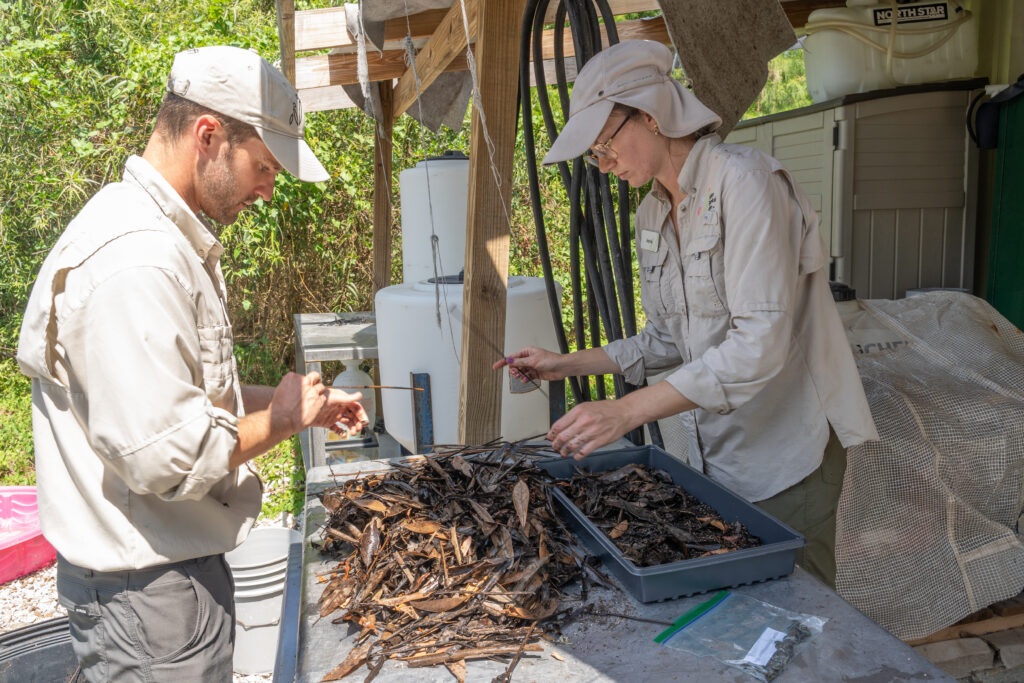
Much like Southwest Florida’s native plants, little published literature exists about the flora of Costa Rica and how to grow it. In fact, the Osa team did not even know the locations of many of their targeted species at the project’s start, De Sousa said. Costa Rican conservationists have been conducting their own growing experiments back home; the Garden’s team will contribute additional research and observations.
“I’ve given them hints as to what has worked for us,” De Sousa said. In Osa Conservation’s nursery, for example, growers place a layer of leaf litter atop some species, replicating a forest floor. Conservation Associates Dan Agis and Jaycie Newton collected partially decomposed leaves from a portion of the Preserve to do the same.
On the afternoon of De Sousa’s visit, the pair debated lighting conditions, growing mediums, pot sizes, and irrigation needs, and raced to get seeds into soil as quickly as possible.
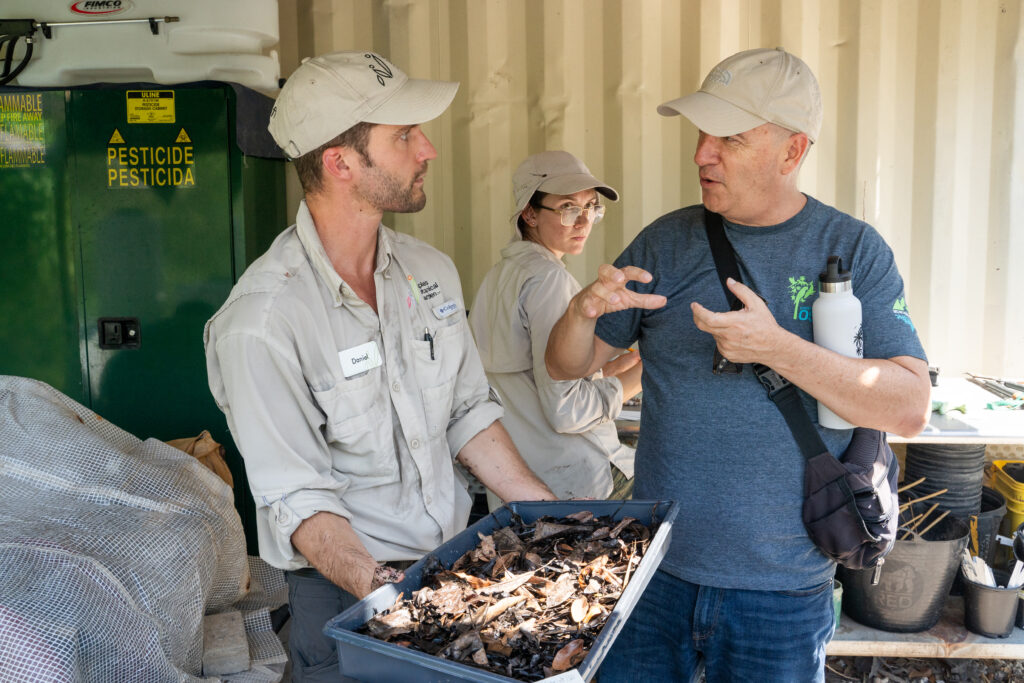
“They’ll go under the sprinkler?” De Sousa asked as Newton and Agis potted seeds. They nodded. “Good,” he said. “They should be watered twice a day. This is very dry for them.”
Seed banking—a process of drying and freezing seeds for long-term storage—is the most efficient way to store a conservation collection, but it’s unclear whether moisture-dependent rainforest seeds can survive the process. The Naples team will experiment with freezing some seeds to learn more.
“For most of these tropical species, there is no published research on whether or not they can survive in a conventional seed bank,” said Agis, who will lead a seed banking workshop at Osa Conservation this summer. “Without a drying and freezing experiment, the best you can do is infer based on their taxonomy and seed traits.”
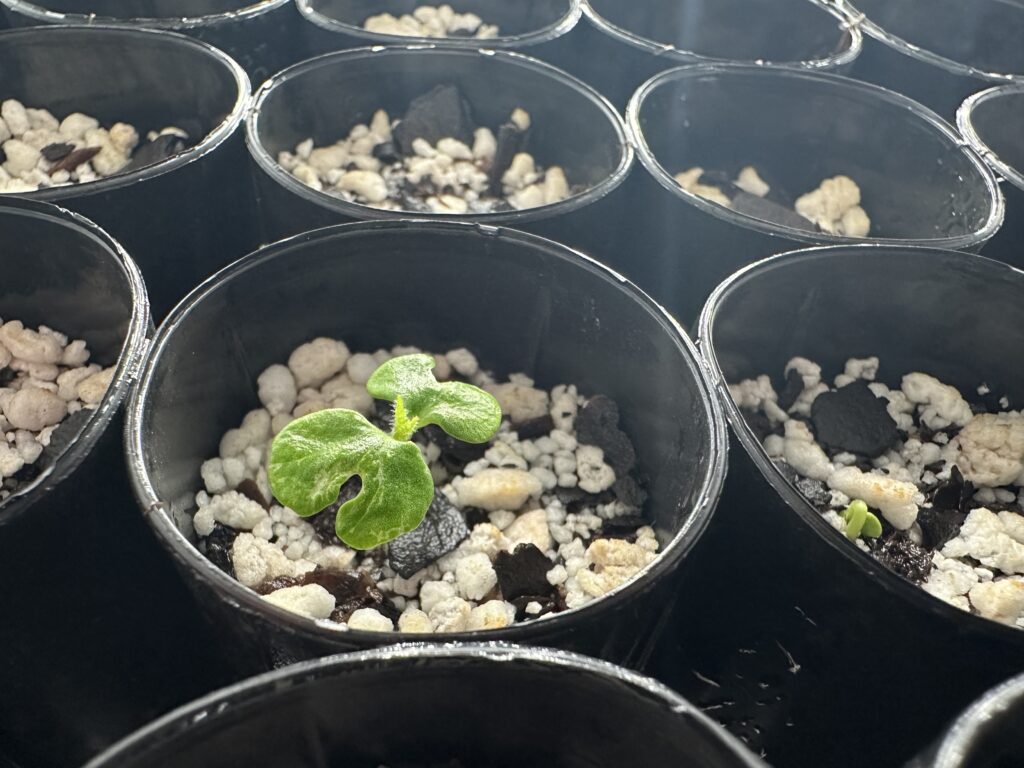
Newton, who manages the native nursery, said she was excited by the challenge of working with unfamiliar species. “I think it will be really valuable to figure out if something like the Matisia (Matisia tinamastiana) can be seed banked. And to watch its growth firsthand, I think will be really interesting.”
De Sousa also hopes our Garden, which coordinates the Caribbean and Central American Botanic Gardens Network, can help spread the word about Costa Rica’s landmark approach to tree conservation, ecosystem restoration, and climate change adaptation.
“This means a lot,” De Sousa said of the collaboration.

About the Author
Jennifer Reed is the Garden’s Editorial Director and a longtime Southwest Florida journalist.
